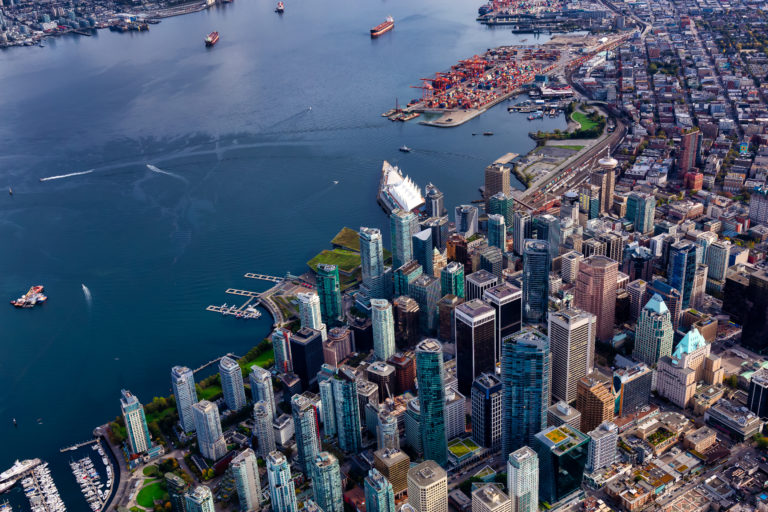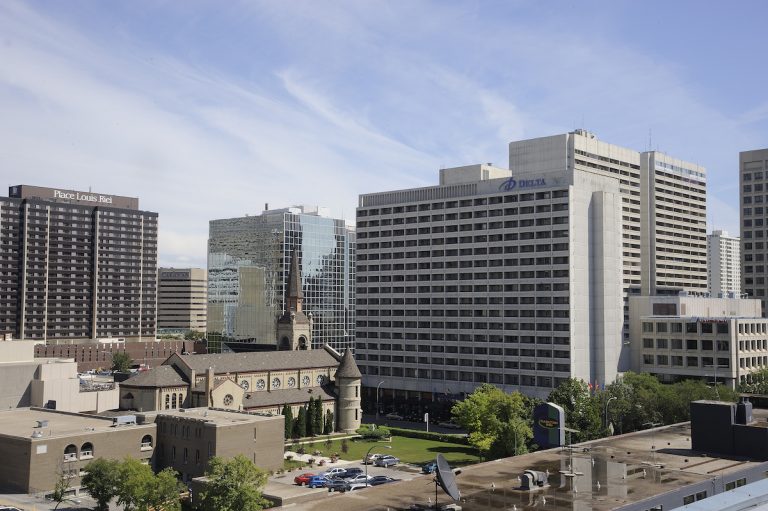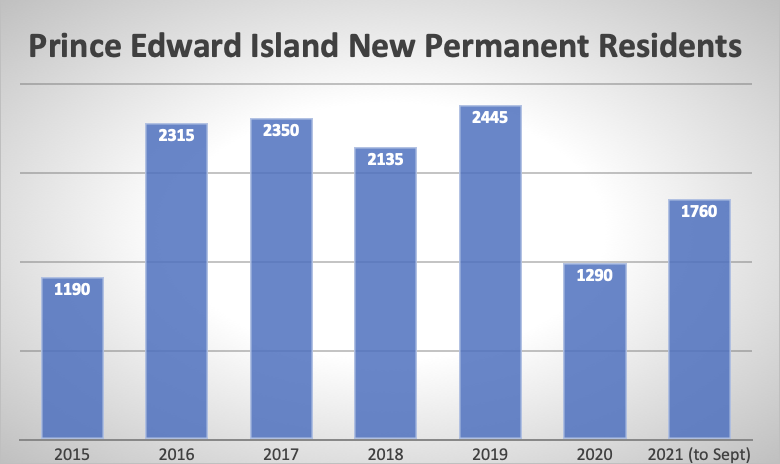Canada immigration news: Immigrants looking for a safe place to live during the COVID-19 pandemic need to know about Prince Edward Island, the only Canadian province that has so far not had a single death due to the disease.
The island province in Atlantic Canada had seen only 380 cases of COVID-19 since the start of the pandemic as of early December this year. A whopping 94.6 per cent of Islanders over the age of 12 had already gotten at least one shot of a COVID-19 vaccine and 91 per cent were then fully-vaccinated.
Read More Canada Immigration News
Canada Labour Shortage: Top 10 Most In-Demand Jobs in Nova Scotia
Here Are Newfoundland & Labrador’s Top 10 Most In-Demand Jobs
Here Are The Top 10 Most In-Demand Jobs In Canadian Province of Manitoba
Dr. Heather Morrison, Prince Edward Island’s chief public health officer, said in late November the province was then already moving ahead with booster shots of the vaccines.
That enviable track record when it comes to COVID-19 has made Prince Edward Island a hot spot for Canadians trying to flee regions of the country with higher COVID-19 case counts.
The exodus from the rest of Canada to the tiny province has fueled a housing construction boom and pushed up its real GDP even during the pandemic.
“Businesses on the island have certainly benefitted from the province’s loose stance, as retail and wholesale sales are up about 20 and 30 per cent, respectively, year-to-date,” wrote economists Beata Caranci, Derek Burleton, Rishi Sondhi, and Omar Abdelrahman in their TD Economics Provincial Economic Forecast in late September.
“This is well above Canada’s performance,” they noted. “Provincial government spending and construction are also poised to make massive contributions to growth this year, the latter buoyed by a huge gain in non-residential building construction. This includes commercial investment, which has been bucking the nation-wide trend.”
TD Economics is projecting growth in the Maritime province’s real GDP of 4.2 per cent this year, more than reversing its slump due to the COVID-19 global pandemic last year, and a tightening of its job market. In 2022, the economists are forecasting real GDP growth of a further 2.4 per cent.
Prince Edward Island’s healthy economic track record means more jobs, labour shortages, and lots of opportunity for foreign nationals seeking to relocate to the Canadian province and get their permanent residency through economic immigration programs.
Here are the Top 10 Most In-Demand Jobs in Prince Edward Island through which foreign nationals can immigrate to Canada.
1. Transport Truck Drivers (NOC 7511)
With more Canadians moving to online shopping during the pandemic, the demand for truck drivers to deliver those parcels skyrocketed even as many of these workers opted out of the workforce to avoid any risk of catching COVID-19.
In early December, the Indeed job website listed 57 jobs for truckers in the province. Job Bank has given the occupation its highest rating of “good” for job prospects.
The median annual income for a trucker working a standard work week in Prince Edward Island is $37,500 but that can rise to $53,625 depending on experience.
2. Nurses (NOC 3012)
Registered nurses and registered psychiatric nurses provide direct nursing care to patients, deliver health education programs and provide consultative services regarding issues relevant to the practice of nursing.
Indeed listed 164 open positions for nurses in Prince Edward Island in early December as the demand for nurses was driven up during the COVID-19 pandemic throughout the country.
The occupation comes with a median annual wage of $78,000 based on a 37.5-hour work week with top wage earners making up to $86,500.
3. Physicians – Family (NOC 3112)
In early December, Indeed listed 71 positions for family physicians in Prince Edward Island.
General practitioners and family physicians diagnose and treat diseases, physiological disorders and injuries. They usually work in private practice, including group or team practices, hospitals and clinics. Residents in training to be general practitioners or family physicians are included in this unit group.
On the island, they make a median annual salary of $229,690 but can earn as much as $357,470.
4. Cooks (NOC 6322) and Food Counter Attendants, Kitchen Helpers (NOC 6711)
Restaurateurs in Prince Edward Island are facing a serious labour shortage for cooks and kitchen helpers.
When the lockdowns due to the COVID-19 pandemic first hit, many restaurants had to shut down and lay off staff. Despite the government’s provision of emergency income replacements, the Canada Emergency Response Benefit, during that time, many workers simply went out and got other jobs.
By the time the restaurants were able to re-open, many restaurateurs found their former employees had moved on and were no longer available. The industry has been struggling to fill vacant positions since then.
There were 60 jobs for food counter attendants and another 37 for cooks in Prince Edward Island in early December, according to Indeed.
The median annual income for a cook in that province, based on a 37.5-hour work week, is $27,300 with those at the upper end of the wage scale making $34,125 per year.
Food counter attendants make a median annual wage of $25,350 in the province based on a standard work week but can make as much as $36,560 per year.
5. General Labourers (NOC 9619)
These are the people who shoulder much of the heavy lifting in manufacturing plants.
They transport raw materials, finished products and equipment throughout plants manually or using powered equipment, check and weigh materials and products, and sort, pack, crate and package materials and products.
Indeed listed 61 jobs for general labourers in Prince Edward Island in early December.
They earn a median annual wage of $29,250 based on a 37.5-hour work week but can make as much as about $37,540 per year.
6. Cleaners (NOC 6731)
Those who clean lobbies, hallways, offices and rooms of hotels, motels, resorts, hospitals, schools, office buildings and private residences were a hot commodity during the COVID-19 pandemic.
In early December, long after the summer tourism season, there were still 52 jobs for cleaners in Prince Edward Island listed on Indeed. Job Bank gave the occupation’s prospects for job growth its highest rating of “good” and noted there were then 1,052 such jobs across the country.
In Prince Edward Island, commercial cleaners earn a median annual salary of $30,420 based on a 37.5-hour work week but can make up to $40,950.
7. Construction Trades Helpers and Labourers (NOC 7611)
Construction trades helpers and labourers help skilled tradespersons and perform labouring activities at construction sites, in quarries and in surface mines or construction companies, trade and labour contractors, and surface mine and quarry operators.
In early December, which is typically a slow time of the year for this industry, Indeed listed 73 jobs for construction workers in Prince Edward Island.
The median annual wages for a construction worker in the province, based on a 37.5-hour work week is $31,200 but they can earn up to $39,000 per year.
8. Computer Programmers And Interactive Media Developers (NOC 2174)
During the first year of the pandemic in Canada, the number of jobs for computer programmers shot up by roughly 15 per cent as travel restrictions and lockdowns forced Canadians to turn to online shopping and Zoom meetings.
These are the people who write, modify, integrate and test computer code for software applications, data processing applications, operating systems-level software and communications software.
Interactive media developers write, modify, integrate and test computer code for Internet and mobile applications, computer-based training software, computer games, film, video and other interactive media.
In early December, Indeed had 34 positions listed for programmers in Prince Edward Island.
They earn a median annual wage of $58,500 based on a standard work week but can command up to $81,900 in Prince Edward Island depending on experience and qualifications.
9. Home Support Workers And Related Occupations, Excluding Housekeepers (NOC 4412)
As the people who provide personal care and companionship for seniors, persons with disabilities and convalescent clients, home support workers usually provide care in the client’s home and often live there too. They can also be employed by home care and support agencies or be self-employed.
In Canada, there were 1,087 such jobs posted on Job Bank in early December.
In Prince Edward Island, Indeed listed 78 jobs for personal support workers at that time.
The position pays a median annual salary of about $35,100 in Prince Edward Island with more experienced workers topping out at about $64,350 per year.
10, Customer Service Representatives (NOC 6552)
These are the people who answer the phones and provide information to customers about a company’s products or services, policies and procedures. They receive payments and process requests for services.
In Prince Edward Island, Indeed listed 30 jobs for customer service representatives in early December.
The median annual salary for these workers in the province is $26,325 but that income can go as high as $46,155 per year.










